Benefits Of Binaural Beats
To put it in a short little phrase, binaural beats are like exercises for the mind. It’s because they are known to help with memory, mood, cognition, and in the treatment of diseases connected to the brain, like Alzheimer’s and dementia. When put like that, it sounds too good to be true, right? But then, why haven’t we heard about binaural beats until only recently? There are some people in the medical fields such as neurology who might know a bit about it when it comes to Alzheimer’s disease, that some neuro PT used to treat patients is based on binaural beats and brain entrainment. Sound therapy like binaural sounds, is a wonderful healing force that is used in so many cultures across the world. It works in its own spheres, even controlling Nature.
- Benefits Of Binaural Beats
- Getting down to binaural beat therapy simply
- Somebody figured it out
- Entraining the brain
- Why headphones?
- It’s productively building your brain
- It’s like a form of meditation
- Why do people love binaural beats so much?
- What are the benefits of binaural beats?
- Does research support binaural beats therapy?
- Conclusion
- Best Binaural Beats Products

Many people believe in and swear by meditation and mindfulness – which have been shown to reduce high beta levels in the brain, to allow it to function at a more relaxed pace. You can teach your brain to be more relaxed via entrainment. When people are in more relaxed and meditative states, improved mood, memory, and cognition follow.
Getting down to binaural beat therapy simply
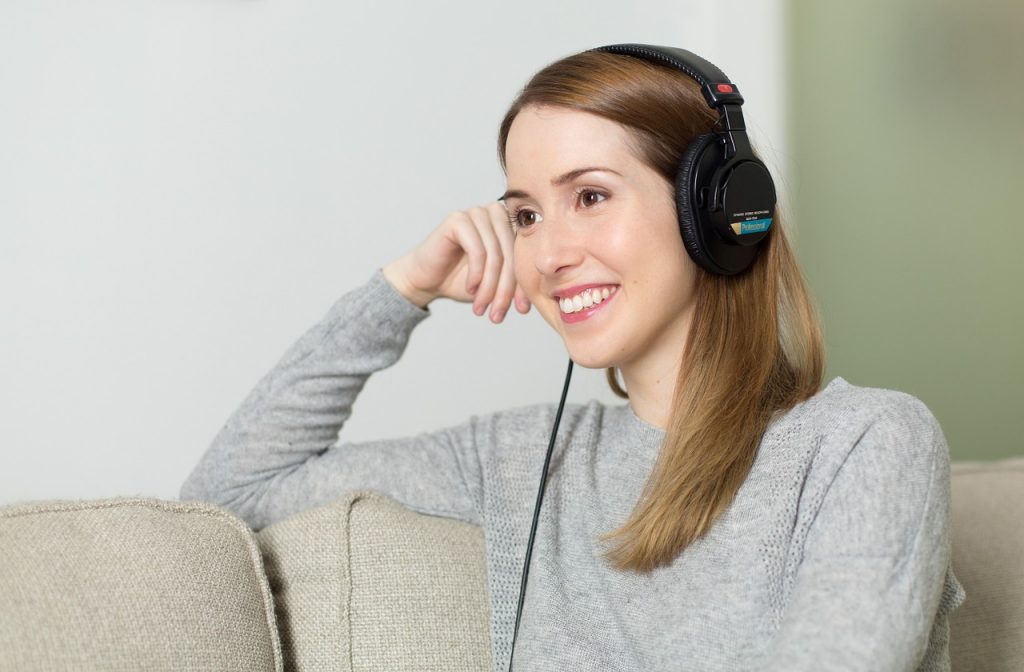
Using binaural beats technology is really easy. When people talk about binaural beats, it might sound high-tech and complicated, but bottom line is, it’s placing some headphones over your ears, sitting back and pushing the ‘play’ button on, from whichever device suits you best. That’s in a nutshell. But actually, understanding what it is and how it can be of benefit to you is a little bit harder for many people to understand. Most people have heard the word, ‘frequency’ when it comes to music, so maybe this is a good place to start when it comes to binaural beats. It is because the science behind binaural beats is frequency – we will look at how you can benefit from the technology of binaural beats; how your brain responds to the frequencies and certain combinations.
What is meant by frequency? It is the number of times sound waves cycle between the negative and positive brainwaves or vibrations, per second. Frequencies are measured in Hertz (Hz) and each cycle is measured in Hertz. As humans, our hearing capacity is measured in hertz too, so low noises we will hear at around 20 Hz, or we can hear up to very high frequencies, such as 20,000 Hz. You can get frequencies which go even beyond these measurements, but they are out of human audibility range.
Somebody figured it out
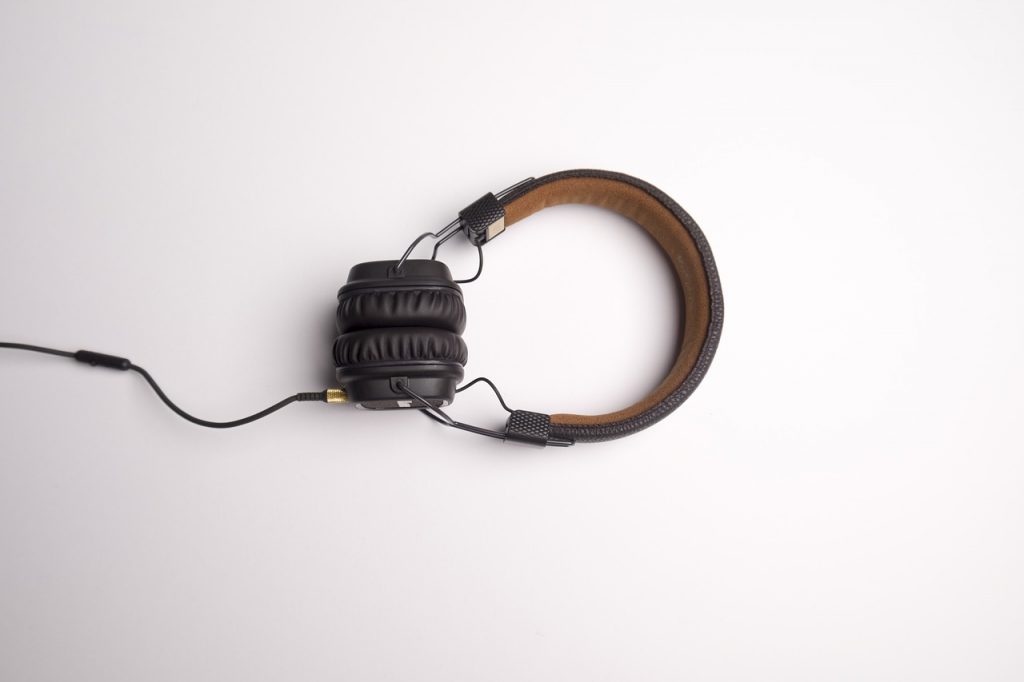
We all love nature and the sounds it makes; the sound of thunder, ocean waves pounding on the beach, the gentle flow of a river – what about a symphony concert? These melodic sounds make us conscious of the relationship, the connection between the body and mind. In the 1600s, Christian Huygens, a Dutch scientist noticed two clocks with pendulums hanging together. He noticed the synchronization of the pendulums regarding their speed and angles. If he moved one of the clocks to another wall, there was no synchronization. He realized that the vibrations on the shared wall were what “communicated” the two clocks, that they re-entrained themselves back on the same wall, back to the same pattern of movement and speed of the other clock. And humans, like those clocks, also have rhythms present in our own bodies, present in our hearts, and our brains. So it was figured that if we introduce an external rhythm that vibrates our body or our auditory system, we will also experience the entrainment the clocks did – it’s called brainwave entrainment.

Entraining the brain

If you know binaural beat therapy, you know that two separate tones are heard in your ears. That’s what the word binaural means – “having two ears.” Each of your ears will receive a slightly different frequency, all at the same time. That means that each tone will be at a slightly different frequency as you listen through your headphones. When you hear the two tones together through your left and right ear, your brain listens and perceives these tones as ‘music beats’, audible to your ears. The difference in the frequency between the two tones being heard is what is called binaural beats. Your brain picks up the difference in the tones, and then ‘trains’ itself to ‘hear’ the difference between the frequencies to which it is listening. And this process is called ‘frequency following response’. For the ‘music beats’ to be noticed though, the tone frequencies need to be below 1,000 Hz. Also, the difference between the two different frequencies must also be less than 30 Hz, or equal, for this effect to occur. If not, then the two tones will be heard separately in your ears and the brain won’t perceive any beat. So if a frequency of 200 Hz was sent to your left ear and 205 Hz to your right ear, there’s a difference of 5 Hz between your ears. This is the binaural beat; it is the frequency that your brain will follow along to. When a person’s brainwaves are at 6 Hz, then the person can experience a lot of calm and feel a deep sense of relaxation. There is even a name for this. It’s called the Theta State.
Why headphones?
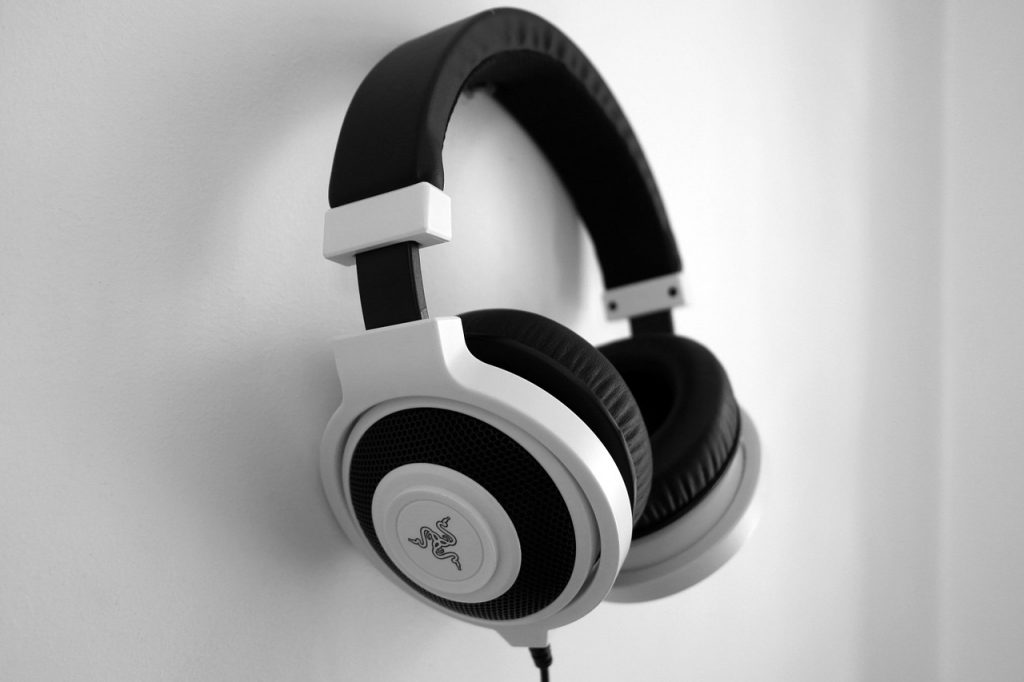
In order to trigger the whole frequency response process, the brain needs to pick up the right and left tones at the same time. You could listen through your speakers if your head was positioned in the right way between the left and right speaker and if you were close enough, but then the effect would be reduced, compared to headphones. Look how it works. When using both headphones, the sound in your ears will pulsate, meaning your brain is busy interpreting the tones, listening for that difference, the ‘third tone’, the binaural beat, and then adjusting and responding. If you were to take one of the headphones off, you will notice the pulsating sounds disappear altogether, which means your brain is no longer ‘training’ itself or adjusting to the two different frequencies.
It’s productively building your brain
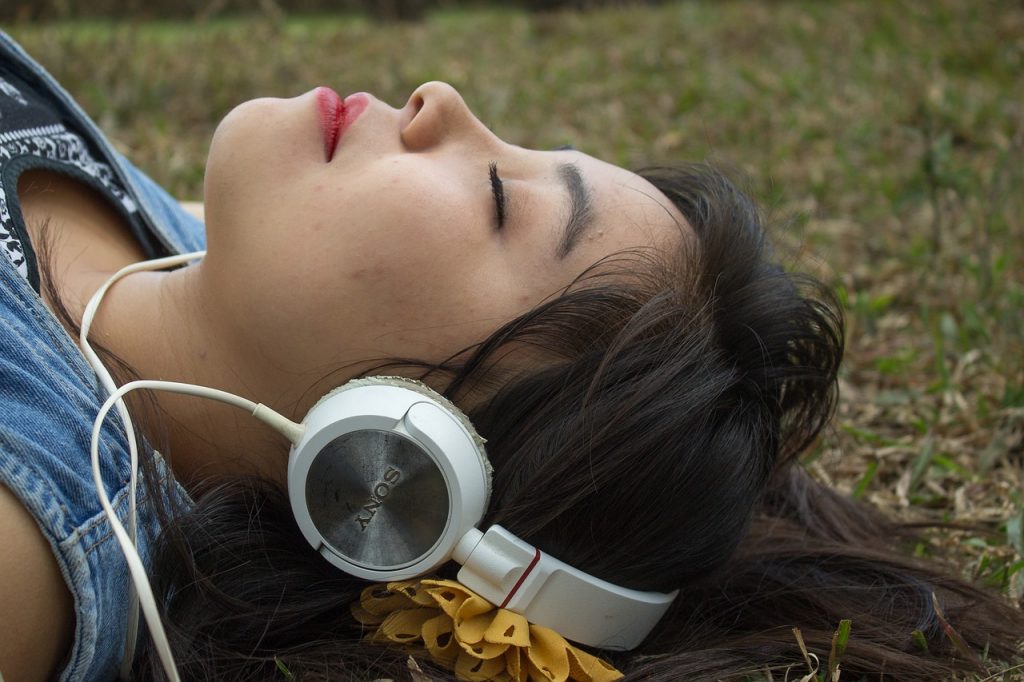
There is good news apparently, benefits to all this – call it brainwave entrainment. It is said that if you can squeeze 20 or 30 minutes of your day doing binaural beating, it might be some of the best things you could have done. What type of people use binaural beats anyway and why have some grown to love it? It is suggested that many different types of people use them and why? It is because they derive benefits by using brainwave entrainment and binaural beats regularly. The whole purpose of this, the underlying benefit is to feel happier, more chilled, and sharper. Does it appeal to you, this fun way of becoming happier and more relaxed?

Lots of people want to know what it feels like to make use of binaural beats. This will determine which binaural beats to buy, and from whom do you buy? You can listen on YouTube as well. There is a lot of marketing hype, price discrepancies, and different technologies – choose carefully.
Today, scientists and doctors do a lot of studying on people’s brainwave frequencies and they say that over the years, our brainwave frequencies depend on what our state of mind is, and our state of mind can vary because of our brainwave frequencies. If you want to be motivated, alert, fully engaged mentally, then it makes sense that your brainwaves need to be in that high-frequency beta, higher than 15 Hz range. But if you are looking to be rested and calm, then the frequency range would need to be between 9 and 14 Hz. If you need real relaxation and calmness, you need even lower frequency ranges of between 5 and 8 Hz or even the very low-frequency range of between 1 and 4 Hz.
It’s like a form of meditation
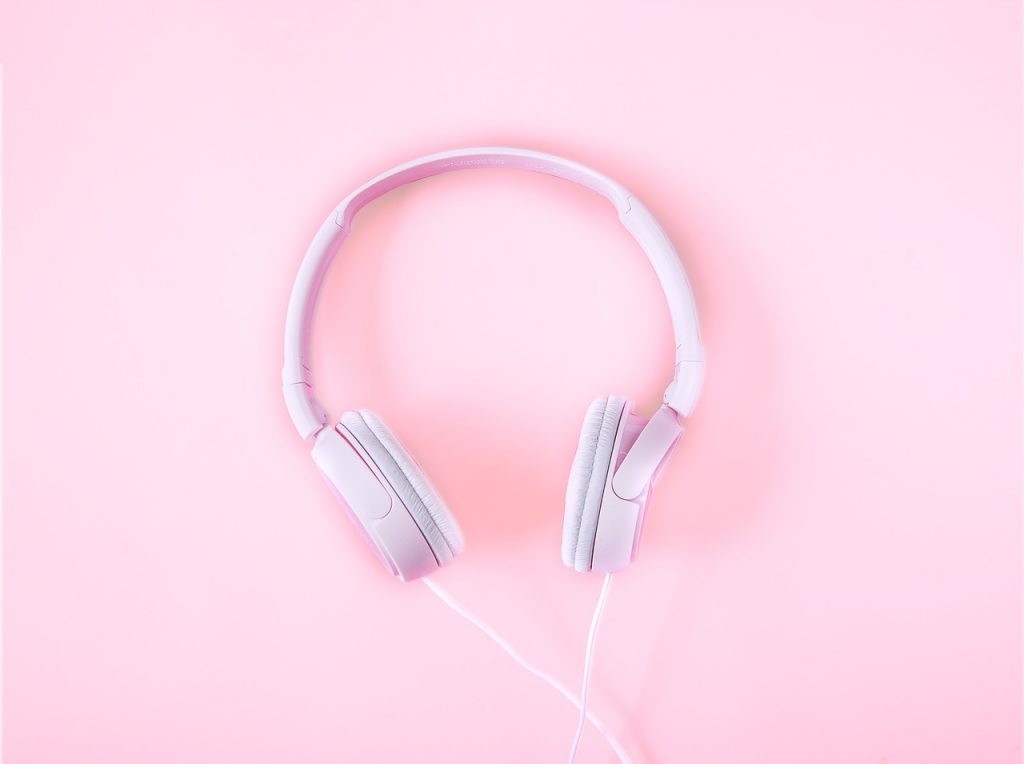
Our society style of living today is hectic, and most people when they investigate binaural download, they look for the calming, relaxing and meditating type audio sessions. The beats, however, aren’t limited to a specific frequency range. There are varieties of binaural audio programs available to each of the difference brainwave frequency ranges. Not only do they offer calm and relaxation, you can purchase binaural beats if you want to get energized. They work in exactly the same way.
Why do people love binaural beats so much?
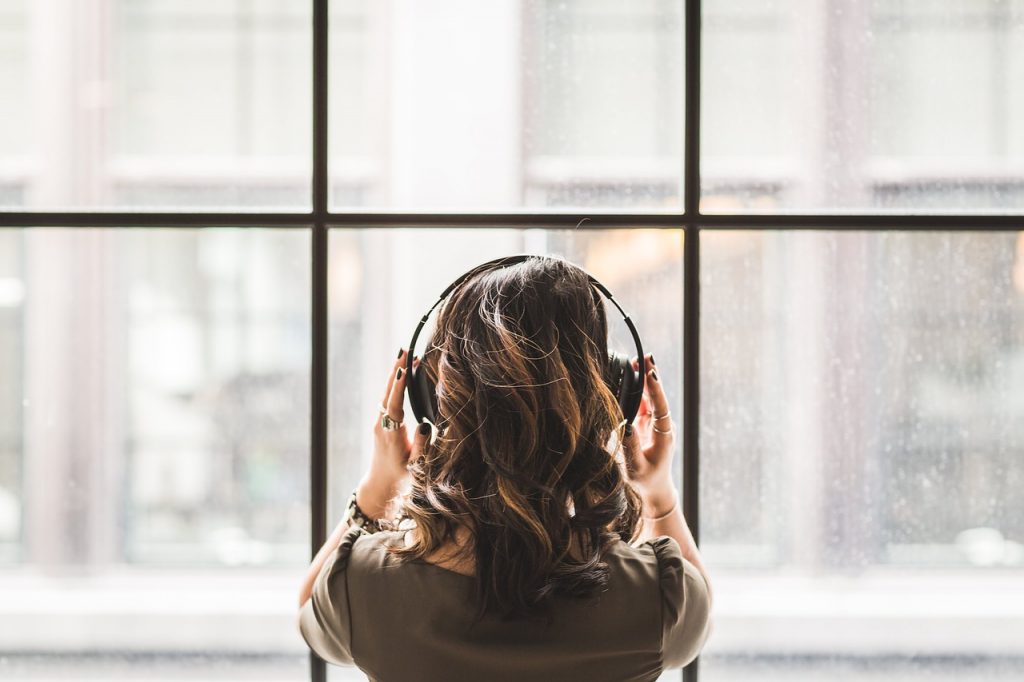
Well, it is supposed to help those who swear by it; with their studying, their sleeping, their anxiousness, and more. This is not really new technology – binaural sounds have been around a long time. Look at Heinrich Wilhelm Dove. In 1839, he discovered binaural beats. Around the 1970s, exciting ways of using the beats in a therapeutic way were being talked about and used. Later, via the Monroe Institute, which was founded by Robert Monroe, research records produced showed that there are four top brainwave frequencies that occur in the brain naturally:
- Alpha frequencies, occurring at 8 Hz-13.9 Hz.
- Theta brainwaves, occurring at 4 Hz- 7.9 Hz.
- Beta frequencies, occurring at 14 Hz-30 Hz.
- Delta frequencies, occurring at 0.1 Hz-3.9 Hz.
All brainwave frequencies produce different functioning in the brain. Like when you are sleeping, then the brain is in the delta state, relaxed and quiet. And when you wake up, the beta brainwaves become active and your mind will be at its sharpest then.
Companies and other people today, produce music that will include one of the beats, so if you want to feel alert for instance, but at the time, you are feeling slow and sluggish, then you would listen to the beta brainwave frequencies. What the idea is behind it is, is so that your brain is forced into that beta state of mind. The beta state of mind makes you feel more awake and alert. This comes very useful for students and professionals who work long hours.
People have been known to ask, “But is it possible for the brain to be forced into these states?” Well, it depends. If you are a skeptic and you want to ‘test’ whether you can go from the sluggish state to the alert state, and you put on the headphones, onto the beta binaural beats, it is not likely to do much for you because your subconscious mind won’t believe; it is resistant. But for children for instance who are hyperactive, parents many times believe that certain specific binaural beats that are put to music in the car or at home calm their children. Children are naturally more receptive and it’s not forced on them. However, this idea or ‘therapy concept’ is not anything that the school systems are using to keep their school kids in the beta state. Even if they tried to, it would just cause problems. Parents might object strongly, insisting that the school was interfering with their kids’ natural rhythms of the brain etc.
But adults, if you wish to try and change your current brainwave state, you are free to try it out for yourself – just listen to music with binaural beats. Heaps of people are adamant it works but there are also plenty of people watching whilst they sit on the fence; undecided. Fact is, our brains do actually go through the four binaural beats mentioned above, on a daily basis – when you sleep, when you relax, when you are alert and when you are creative. Listening to binaural beats is worth investigating if you want to investigate better alertness, creativity, relaxation and sleeping patterns.

What are the benefits of binaural beats?
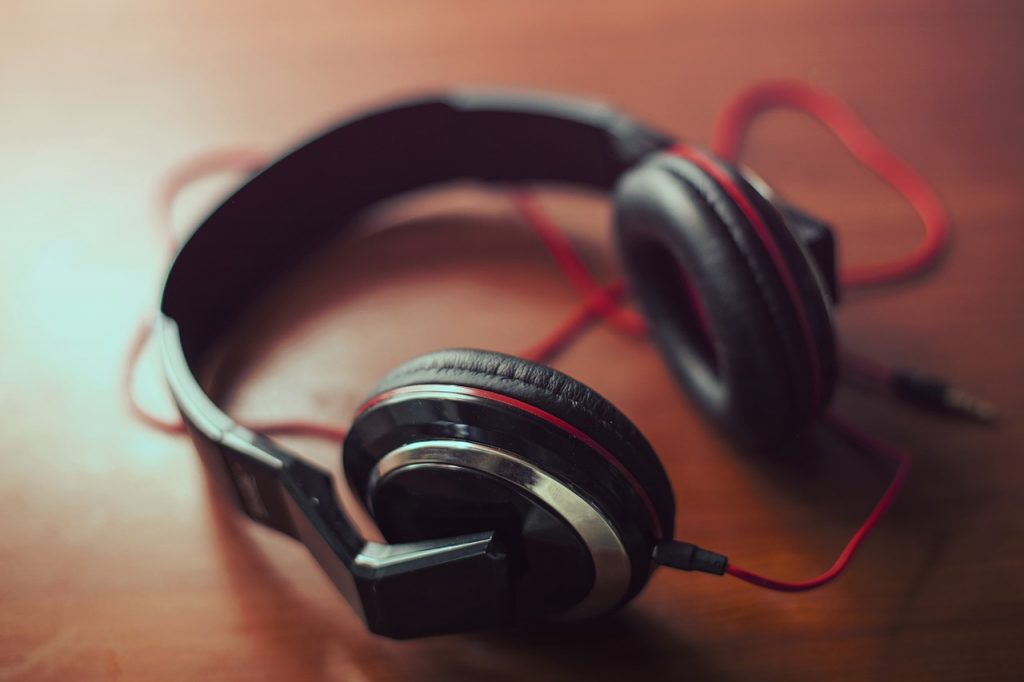
Bottom line, binaural beats therapy is meant to treat stress and anxiety, but it is also considered as an aid to help people improve on their concentration skills and their motivation too. But let’s look at what people say they have experienced when using binaural beat therapy and how it benefits them:
- reduced anxiety
- reduced stress
- better focus
- better concentration spans
- increased confidence
- more motivation
- better and deeper meditation
- improved mood and psychomotor performance
Each person will have a different purpose for using binaural beats therapy. Some people want to try anything to get rid of tension and stress, while others want to try and improve on their concentration skills or deepen their levels of meditation. Research shows that when people listen to binaural beats for a certain period of time, they are affected because of the levels of stimulation change. Researchers believe that these changes happen because the binaural beats activate certain parts of the brain.
Want to get started? Are you anxious to reap the benefits? You will need about 15-30 minutes of your time to listen over a period of around 30-45 days. It is also recommended that once you have completed this therapy; that you continue to use it on a regular basis as a maintenance routine program, along with your medication and yoga.
Does research support binaural beats therapy?

Studies show that binaural beats therapy can reduce anxiety as we showed above, in the benefits list. There was a small study concluded where 19 participants were involved, conducted by a certain Dr. Vincent Giampapa, These research studies found that by using binaural beats therapy in three of the brain patterns, i.e. alpha, theta, and delta patterns displayed positive effects on the human body, namely an improvement in the production of hormones such as DHEA, cortisol, and melatonin. It was noted that 68% of the participants had increased levels of DHEA when they used binaural beats therapy. Dr. Giampapa also noticed there was a reduction of cortisol by as much as 70-80% in the participants. Other research studies showed an increase of melatonin by as much as 97.77%.
The National College of Natural Medicine, Oregon, also did some research on participations who listened to the delta wave binaural beat therapy each day for 60 days. Afterward, the participants showed decreased levels of anxiety, decreased levels of insulin-type growth factors as well as dopamine. The researchers concluded that when all was said and done, that the end result was that binaural beats might be good for anxiety, but that further research was necessary.
The phenomenon of binaural beats was thoroughly tested after much research in 1973 by the biophysicist, Gerald Oster, at the Mount Sinai Hospital in New York City. His research has been published in the Scientific American and has paved the way for more development in the areas of auditory stimulation in order to enhance brain functioning. His publication is called ‘Auditory Beats in the Brain’.

Conclusion

Naturally, with any self-help types of methods and tools used to improve lifestyle and health, one would need to check with your doctor to find out if binaural beats therapy is right for you. Those people who suffer from epilepsy or have irregular heartbeats, particularly those who use a pacemaker; might run into some trouble. Some labels on some of the binaural beat therapy products will warn people against operating difficult and complex machinery while listening to binaural sounds. It makes sense because any relaxation therapy is contra-compatible with complex and ‘active’ machinery.
There is a kind of science behind binaural beats therapy, but still, it is still considered as pseudo-science at the moment. The phenomenon of brainwaves entrainment and binaural beats today is that it induces the same mental state that you experience with traditional meditation practices – it’s just quicker. People say the best way to limit negative thoughts and to reduce anxiety and stress is with meditation, that regular meditation reduces stress; it stimulates new brain cell formations and slows down the rate at which brain cells age. However, quieting the mind is not easy; it can take years to master it. The past 50 years has brought about many technologies that have been specifically developed to induce the same state in the brainwaves as that of medication. It has arrived in the form of binaural beats.
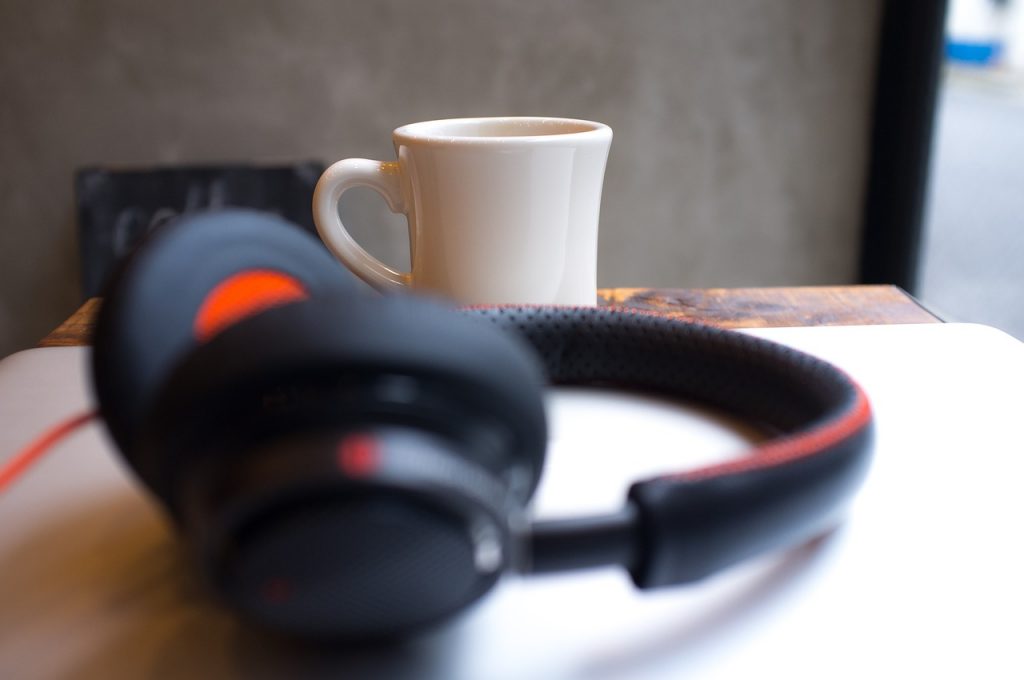
It is believed that through continued brain entrainment, with the focus being on compassion and love; that we can produce more gamma brainwaves – those which the Tibetan Buddhist Monks produce in abundance. The best part about using binaural beats is that it helps you just relax, letting the beats do the work for you. You don’t need all the knowledge of how it all works before you can get the effects. All you need are the stereo headphones, to download the beats, and off you go – it gets you into the amazing and fascinating world of your mind! Next time you want to start your day feeling motivated, reach out for your binaural beats download – forget about the cup of coffee – with binaural beats, you are on the cutting edge of brain improvement!










